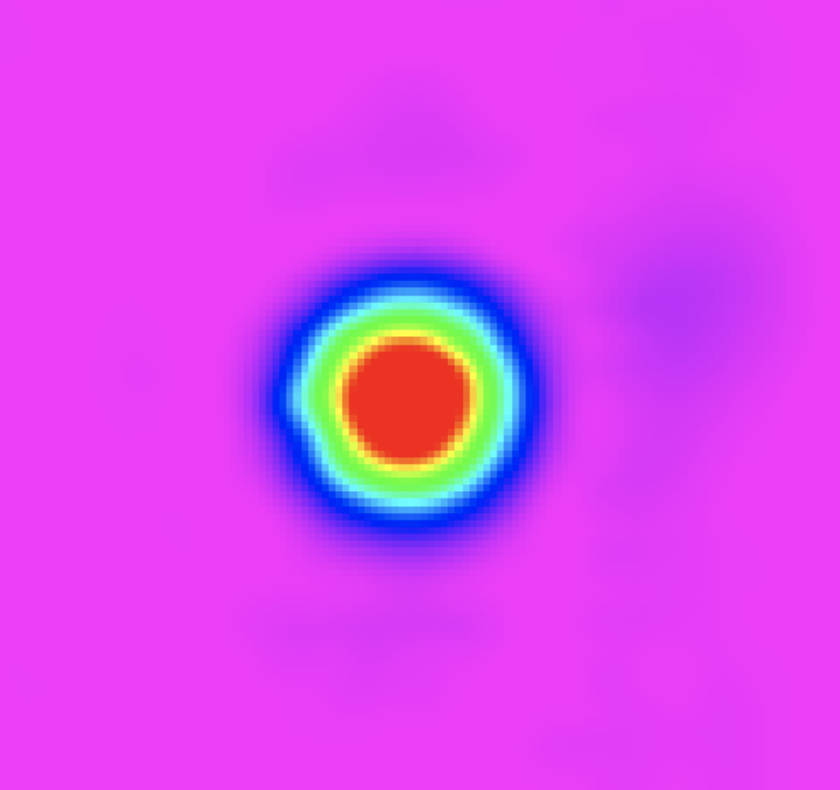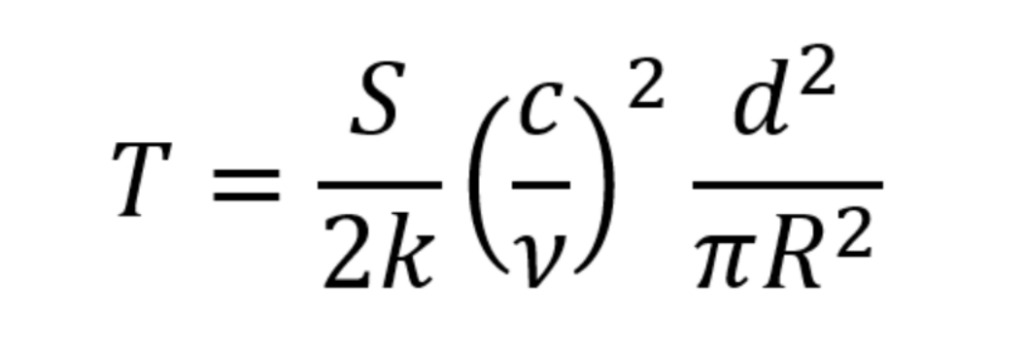Adrienne's Astrophotography
Spring 2023
Radio Observing: Are we Looking at Reflected or Absorbed and Thermally Re-emitted Sunlight?
In order to determine whether or not we were measuring reflected or absorbed and thermally re-emitted sunlight from the moon, we had to use radio telescopes, as opposed to the optical telescope that was used in my previous blog post. To answer this question, we took observations of the moon and of Vir A using a radio telescope. Vir A is a known flux density, that we will compare to the flux density that we find of the moon! In total, we submitted four observations, one for the moon now, one for the moon a few days later, one for Vir A now, and one for Vir A a few days later. We used a 20-meter radio telescope at the Greenbank Observatory in West Virginia. We selected our targets and submitted our observations in low spectral resolution mode with the “HI” bandpass filter. This is so our response was only between 1355-1435 MHz so that we do not encounter data that has been affected by human activity. Next, we chose the map type we were going to use. We used a horizontal raster map, which essentially means that the telescope “sweeps” back and forth in order to obtain our radio image. After obtaining our radio data, we exported it to Afterglow, where we were able to calibrate the resulting images using aperture photometry. We did this for all four of our images and then calculated the flux density in Janskys to eventually plug into another equation. Here are some of our images! (The image from the moon was taken from an observation made by my group member, Carlee Markle, and the image of Vir A was taken from an observation made by me!)


https://tarheels.live/abrumastro/
(also linked in my bio!)
Instagram: adrienne.astrophotography
Although these images are beautiful, it is also important to note that they are not natural colors, the colors were selected to represent different variables. After this, to once and for all figure out if we were looking at reflected or absorbed and thermally re-emitted sunlight, we had to plug all of our numbers into the following equation:

With all of our numbers plugged in, the calculations now look like this:
Moon Now = T = ((8.5546 * 10^-24) / 2 (1.38 * 10^-23)) * (((3 * 10^8) / (1.395))^2) * ((392643.424^2) / pi (1737)^2) = 233.15 K
Moon Later = T = ((9.4648 * 10^-24) / 2 (1.38 * 10^-23)) * (((3 * 10^8) / (1.395))^2) * ((370269.157^2) / pi (1737)^2) = 229.39 K
Now that we have our temperatures, we can see how our group did against the professionals that have also calculated the moon’s subsurface temperature. We got pretty close! A lot of the professionals have their estimates based around 250 K, while the actual temperature is around 220 K. With our answers being 233.15 K and 229.39 K, I think our group did pretty well!
Through all of these calculations, we were able to figure out that through looking at these radio observations, we are looking at absorbed and thermally re-emitted sunlight because the temperature stayed very close to being the same, regardless of what phase the moon was in and how the moon changed its illumination!